Distorted realities and visual manipulation: How foreign films represent Türkiye
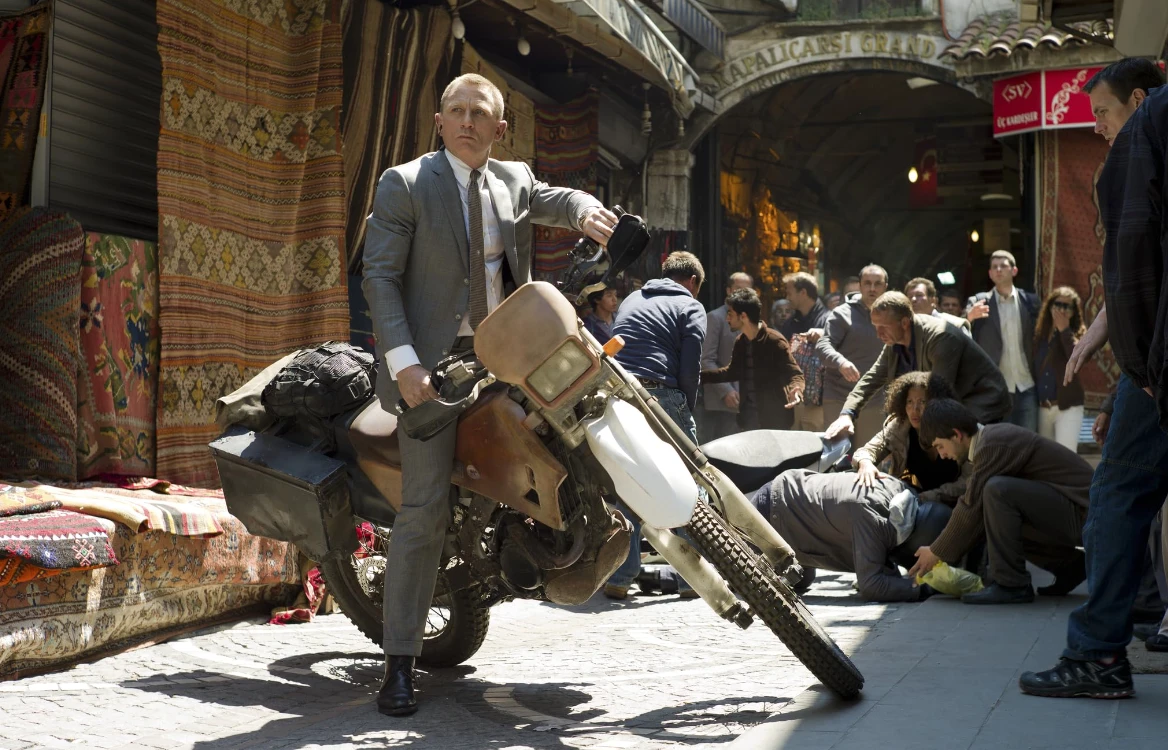 Daniel Craig in in “Skyfall”, Istanbul, Türkiye (Photo from “Skyfall” movie)
Daniel Craig in in “Skyfall”, Istanbul, Türkiye (Photo from “Skyfall” movie)
Films have always been a powerful tool in shaping global perceptions and cultural narratives. However, when it comes to representing countries like Türkiye, many foreign films rely on outdated stereotypes and visual techniques that fail to accurately reflect the true essence of the country.
Despite Türkiye’s rich history, cultural diversity and urban development, films often portray it as a place of exotic mystery, danger and disorder, especially when showing Istanbul.
This reduction of Turkish culture to simplistic, one-dimensional tropes misguides international audiences, leading to a distorted view of the country.
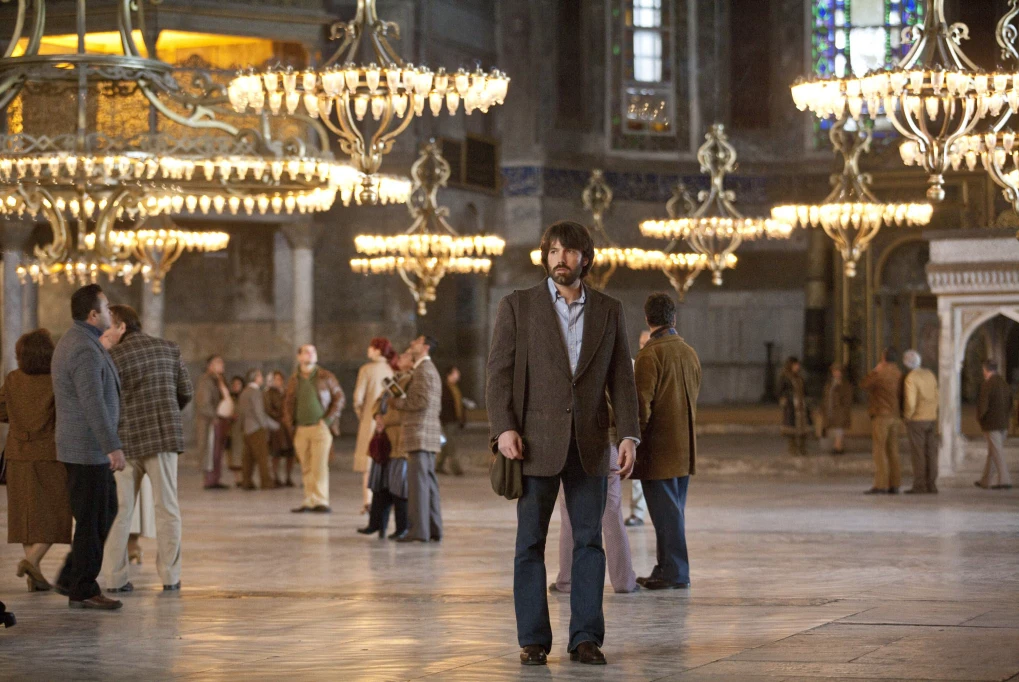
Foreign films often depict Türkiye, particularly Istanbul, through a lens of outdated stereotypes and exaggerated imagery. These portrayals tend to focus on exotic landscapes, ancient traditions, or dangerous environments, which do not reflect the reality of the country’s vibrant culture and modern lifestyle.
Such films often rely on visual cues that perpetuate misconceptions about Turkish society, such as chaotic bazaars, mystical settings, and violence. These representations not only mislead global audiences but also shape perceptions that ignore the complexity and progressiveness of Türkiye.
Visual manipulation: How images twist the truth
In cinema, particularly in films depicting countries like Türkiye, the use of yellow tones is a common visual technique to evoke a sense of exoticism and to create a distinct aesthetic that immediately signals to the audience that they are in a “Middle Eastern” or “Eastern” setting. This practice is deeply rooted in Orientalist discourse, which often simplifies and stereotypes cultures from these regions.
‘Skyfall’ (2012)
In this James Bond film, Istanbul is depicted with a predominantly yellow color tone, which is unusual given the film’s otherwise grayish palette. This choice visually aligns Istanbul with a stereotypical Middle Eastern aesthetic, emphasizing its exoticism rather than its modernity.
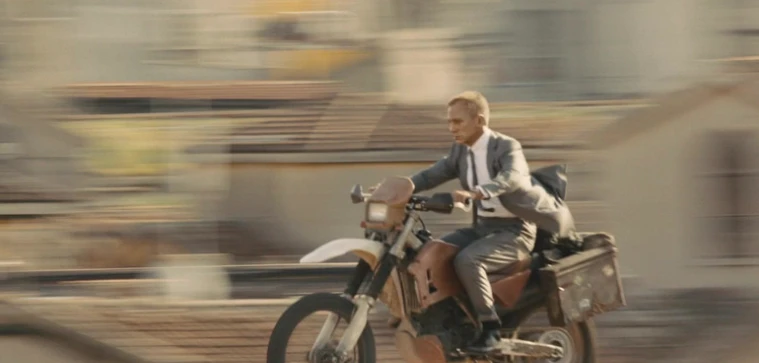
‘The International’ (2009)
This action thriller set partly in Istanbul uses muted yellow and sepia tones to depict a sense of decay and danger. The film presents the city as a backdrop for shady dealings and criminal activity, underselling the urban modernization of the city and the vibrant lifestyle that exists alongside its rich historical heritage.
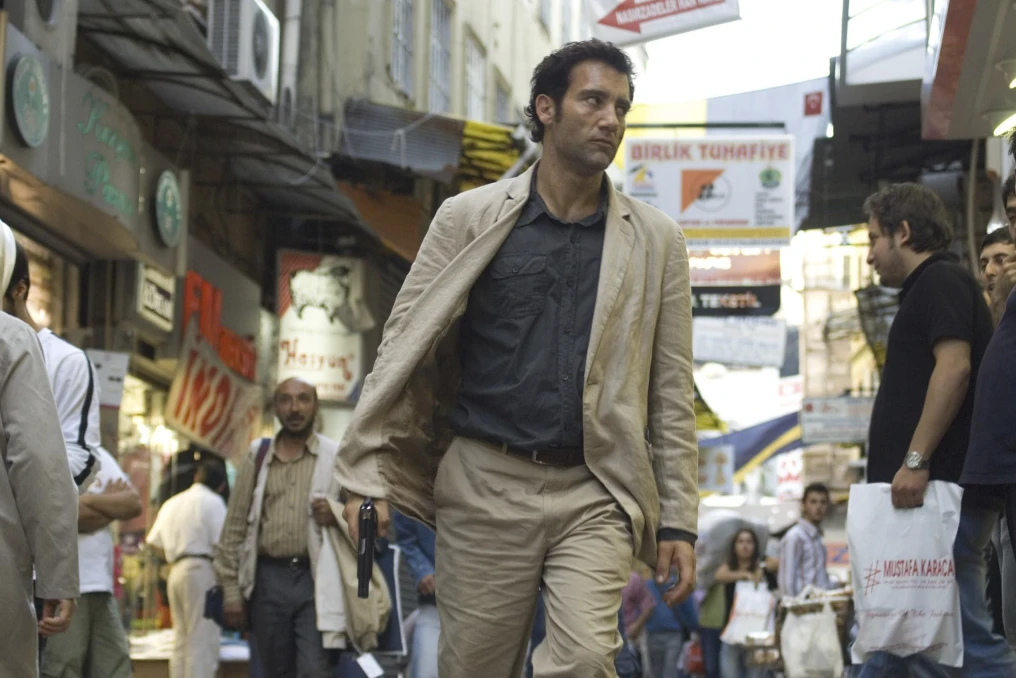
‘Operation Fortune: Ruse de Guerre’ (2023)
The image from Operation Fortune: Ruse de Guerre (2023) shows the text “Antalya, Turkey” over a dramatic landscape featuring a large, historic-looking palace. However, the location shown on the screen is not Antalya at all.
This is a clear example of how foreign films sometimes fabricate or geographically misplace settings to fit a certain aesthetic or narrative. By placing an Ottoman-style palace, surrounded by rugged terrain, under the label of a Mediterranean coastal city like Antalya, the film creates a fictionalized, hybrid version of Türkiye one that prioritizes visual drama over authenticity.
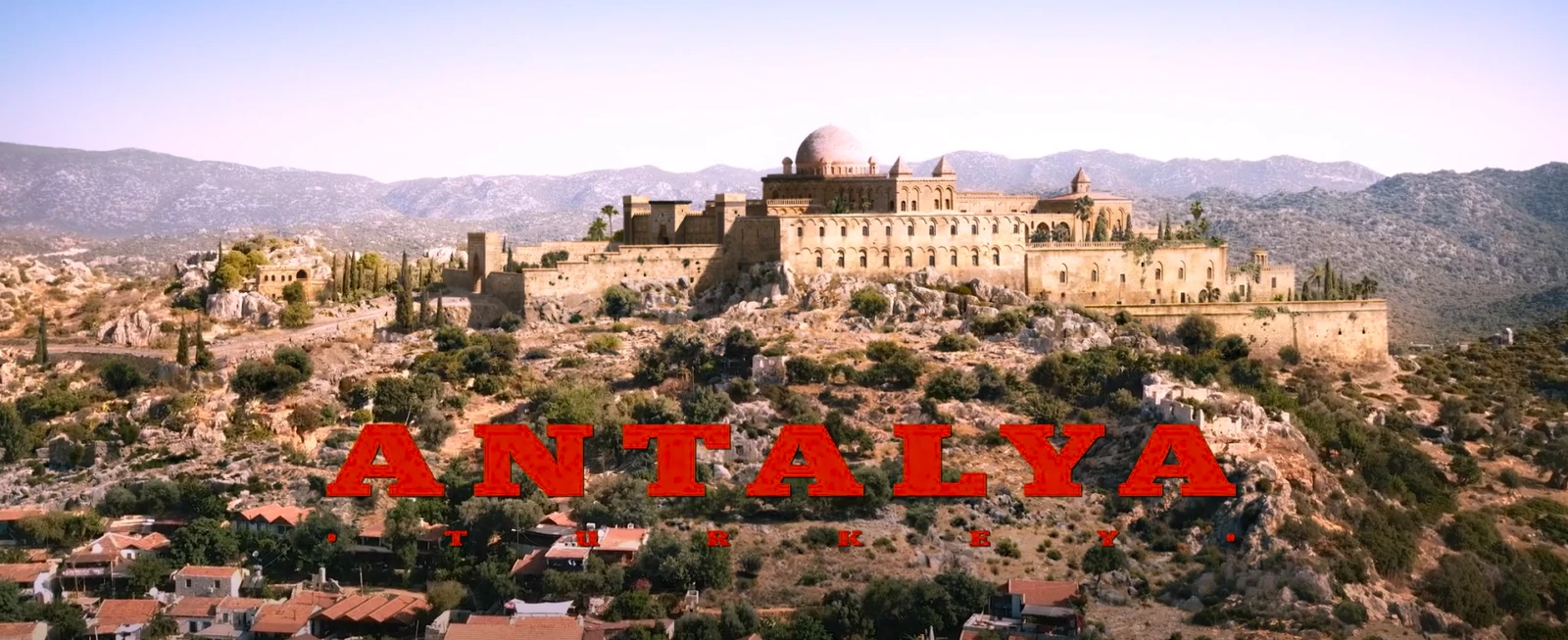
Outdated stereotype depictions
Features such as chaotic bazaars, belly dancers, hookahs and men in traditional fezzes are frequently emphasized to evoke an exoticized version of Istanbul. These visuals reduce the city’s complexity to outdated stereotypes, ignoring its historical richness and modernity.
‘Midnight Express’ (1978)
This film is probably the most infamous when it comes to misrepresenting Türkiye. Based on a true story, it tells the tale of an American arrested for drug smuggling and imprisoned in Türkiye. The movie paints an extremely negative and exaggerated image of Turkish prisons and law enforcement, which even the real-life person behind the story, Billy Hayes, later admitted was unfair and dramatized.
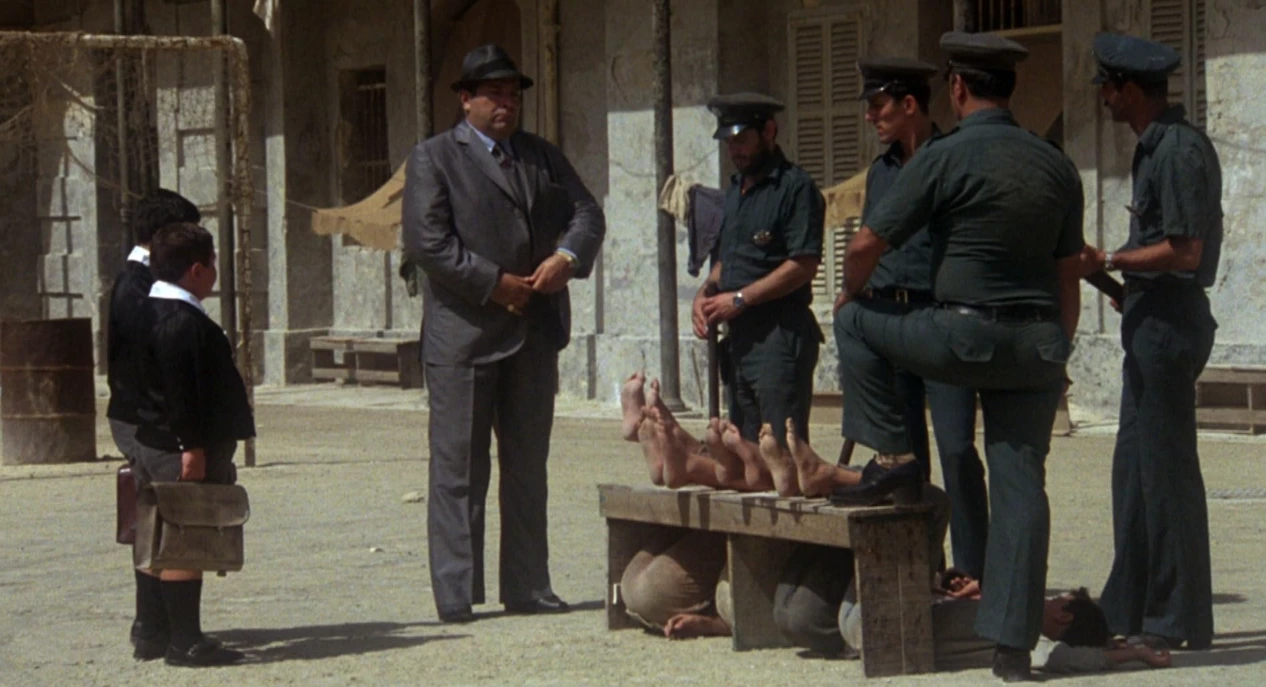
‘Taken 2’ (2012)
The film’s narrative choice to depict Istanbul as a city riddled with organized crime does a disservice to its real reputation as a global crossroads of East and West, a cultural melting pot where people of diverse backgrounds coexist.
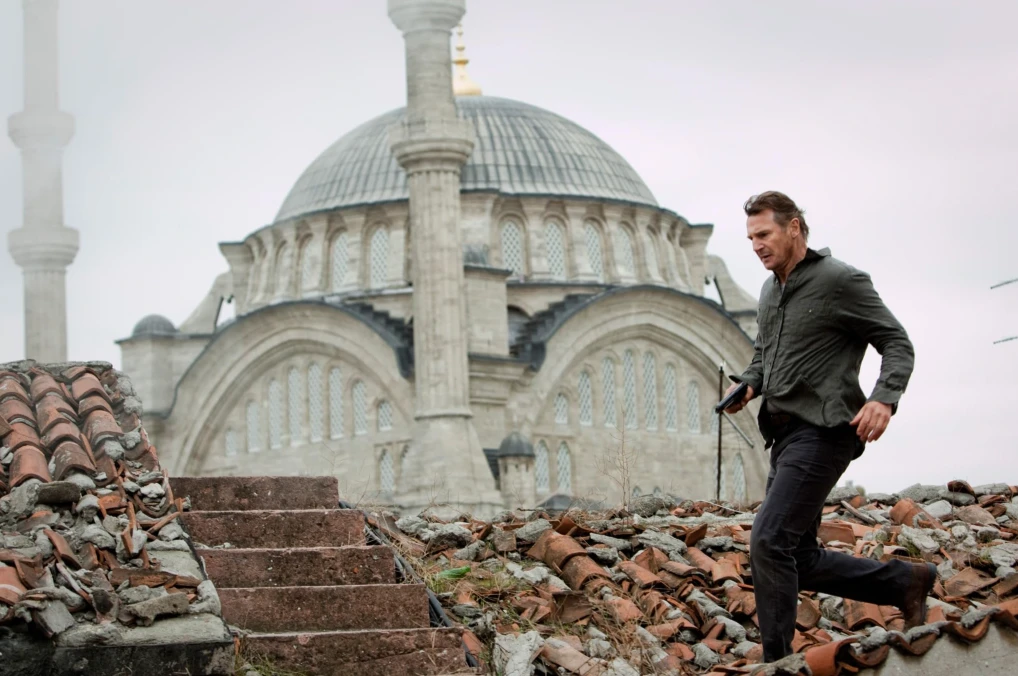
Imagining Türkiye as a desert landscape
Despite its vast geographical diversity—ranging from lush coastlines to forested mountains and bustling urban centers—Türkiye is often inaccurately portrayed in foreign films as a barren desert landscape.
‘Indiana Jones and the Last Crusade’ (1989)
The film simplifies Turkish culture, geography and people, reducing the country to a backdrop for exotic thrills and adventure. These depictions are shaped by a Western perspective that romanticizes the “mysterious East” and perpetuates outdated ideologies of the “noble savage” and “exotic other.” While the film provides a thrilling cinematic experience, it overlooks the complexity and richness of Turkey’s true historical and cultural identity.
While Hatay is mentioned as a key location, the scenes set in the region were not actually filmed there. Instead, they were shot in other areas that visually resemble Hatay’s landscapes, misrepresenting the true setting of the region.
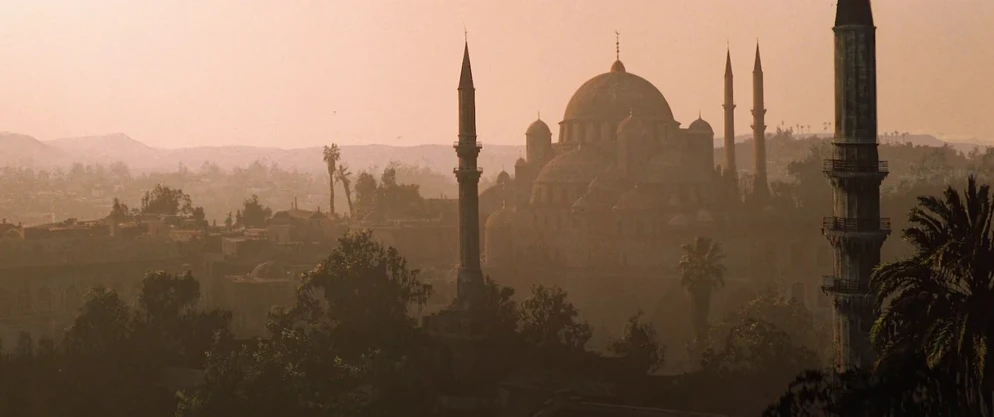
These films, through their reliance on outdated visuals and exaggerated depictions of Türkiye, contribute to a limited and often misleading understanding of the country. They present a version of Türkiye that focuses on exoticism, danger, and chaos while overlooking the modernity, cultural diversity and urban modernity that define the city today.
Such portrayals not only mislead international audiences but also reinforce harmful stereotypes, preventing viewers from gaining an authentic understanding of Türkiye’s dynamic culture. As Türkiye continues to evolve as a vibrant, modern nation with a deep historical legacy, it deserves cinematic portrayals that reflect that richness.
Moving forward, it is essential for international filmmakers to go beyond surface level depictions and commit to authenticity, nuance and cultural respect. A more accurate visual language not only does justice to Türkiye it also creates stronger, more meaningful stories for global audiences.



